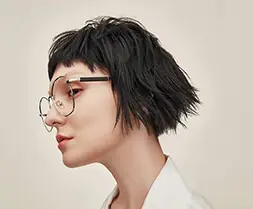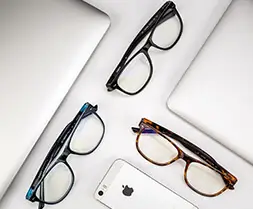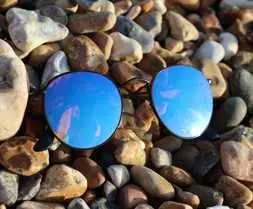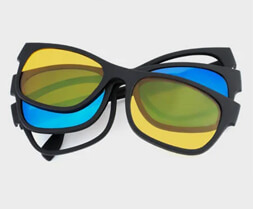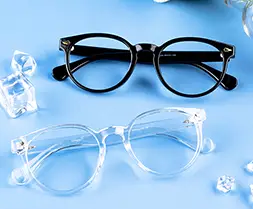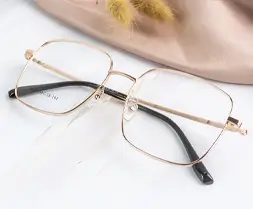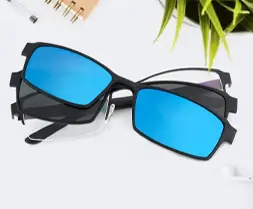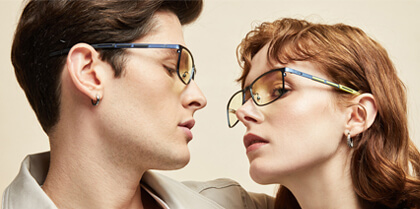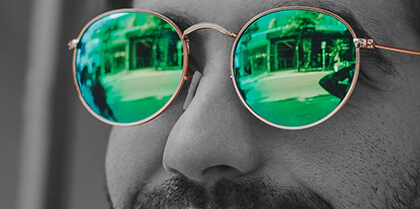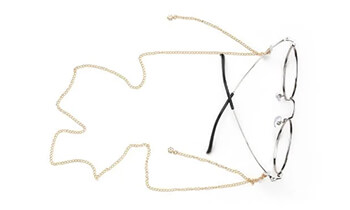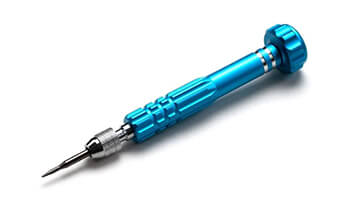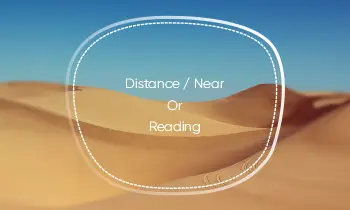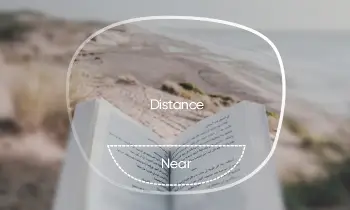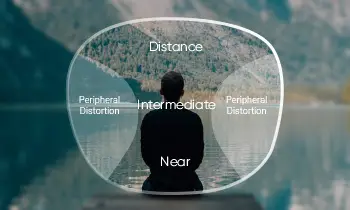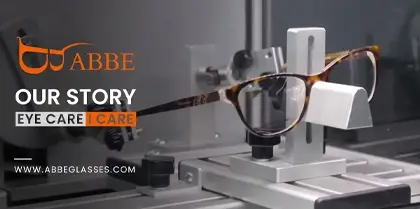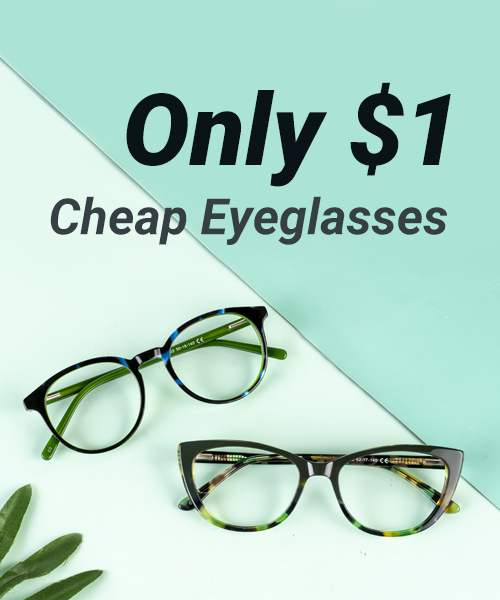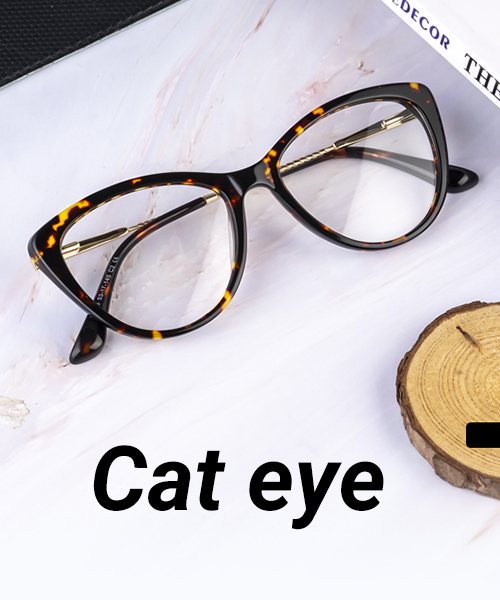Will people who are nearsighted get presbyopia when getting old? When myopia becomes presbyopia, will you not need to wear prescription eyeglasses? It seems to make sense about the mutual offset of myopia and presbyopia, but is it true?
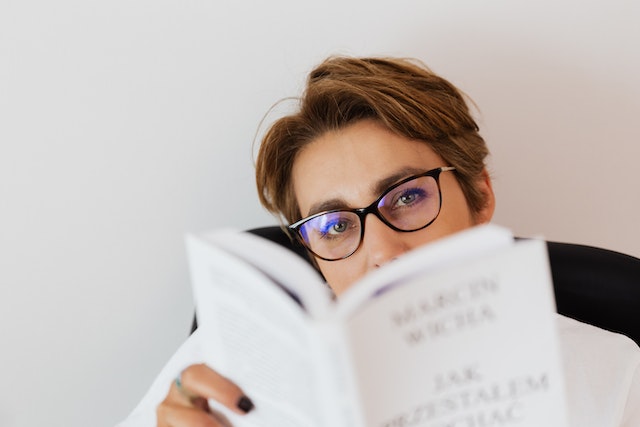
Do myopic people get presbyopia?
Myopia is the refractive state of the eye, and presbyopia is the ability of the eye to adjust. The two occur by different mechanisms, so there is no "mutual offset."
Presbyopia is a normal phenomenon that occurs as we age and become increasingly difficult to see near. It is a physiological phenomenon that all people experience as they reach middle age and old age. Presbyopia occurs when the eyes' lens becomes less flexible as we age and cannot be adjusted to see close up, causing light to converge behind the retina, resulting in blurred vision.
What happened to the decrease in prescriptions in myopia after getting presbyopia?
After patients with low myopia prescription have presbyopia, they feel blurred when they wear prescription eyeglasses to see close but see more clearly and comfortably when they take off their glasses. Is it a reduction in prescription in myopia?
This is a rather particular and lucky situation; that is, the myopia prescription is equal to the presbyopia prescription.
For example, a 100-degree concave lens is needed to correct myopia, and a 100-degree convex lens to correct presbyopia so that you can see clearly without eyeglasses. But as the eyes' lens adjustment power decreases further, the presbyopia exceeds the degree of myopia, and then the presbyopia will still be presbyopia.
And highly myopic people may never be able to wait for the day when they can just offset.
What should I do if I am nearsighted and presbyopic?
There are three total combinations of myopia and presbyopia.
- 1. Myopia prescription is equal to presbyopia, where eyeglasses are not required for near vision, and only the original myopic prescription eyeglasses are needed for distance vision.
- 2. Myopia prescription is less than presbyopia, requiring reading glasses for near vision and myopia prescription glasses for distance vision.
- 3. With myopia prescription being greater than presbyopia, you need to wear myopic glasses with a slightly lower prescription when looking at near and wear standard myopia prescription glasses for distance.
Either way, you have to wear at least one pair of prescription glasses!
What if I don't want to swap between two pairs of prescription glasses and take them off and on? You can choose bifocals or progressive glasses


